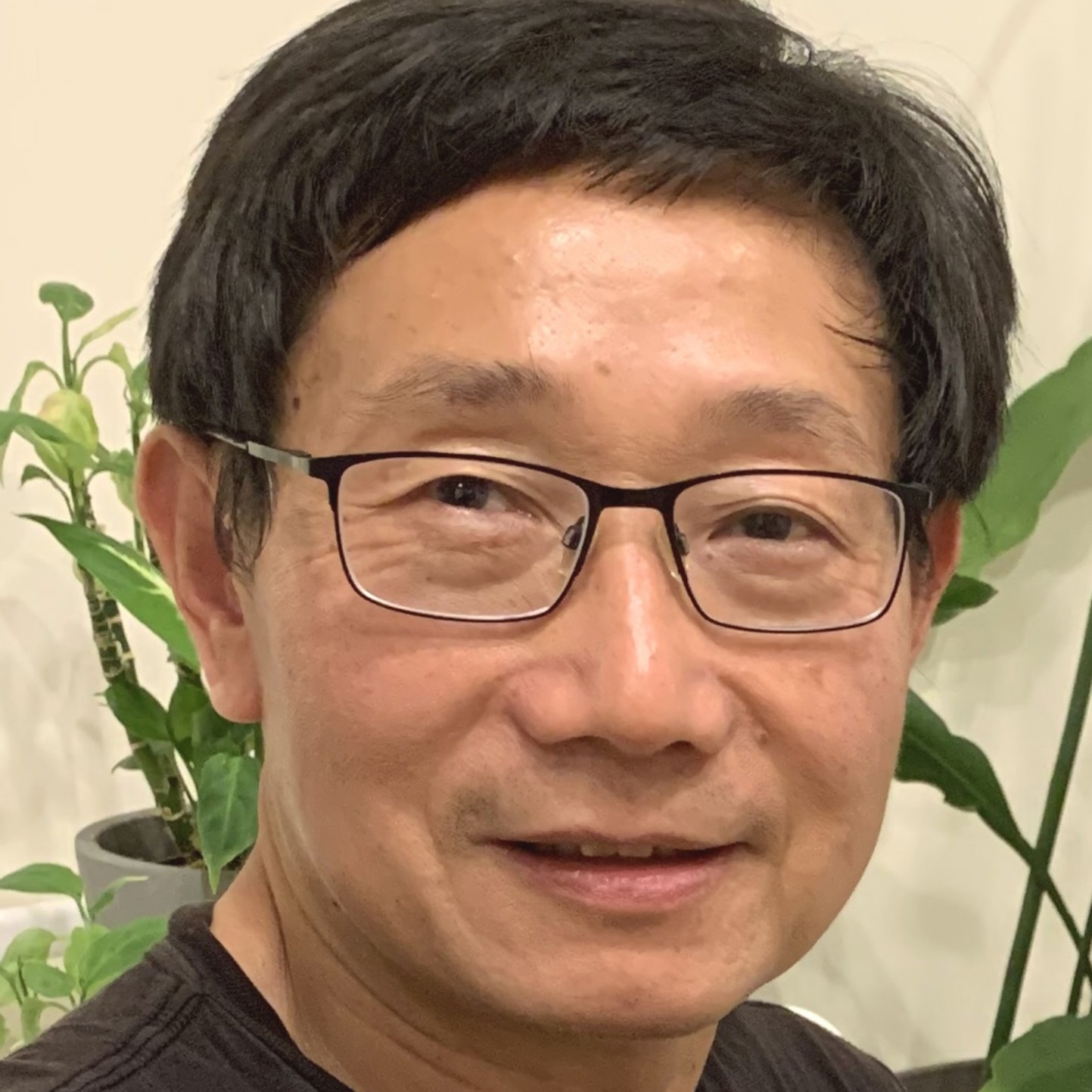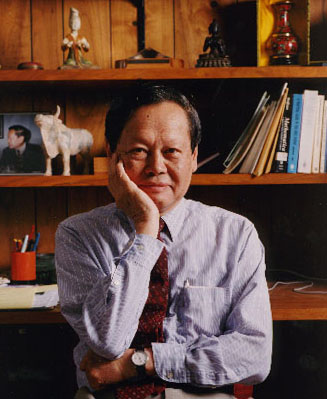
QIANG LI
Professor
Physics and Astronomy
qiang.li@stonybrook.edu | (631)-632-8081, Physics B-143
Research Group Website
Curriculum Vitae. (Last updated: 2023 Apr 05)
Biography
Qiang Li is a SUNY Empire Innovation Professor at Stony Brook University and a fellow
of American Physical Society (APS), with a joint appointment at Brookhaven National
Laboratory (BNL) leading the Advanced Energy Materials Group, where he has been a
lead principal investigator of superconducting and topological quantum materials program,
funded by the US DOE Office of Basic Energy Science, for two decades. With his collaborators,
he discovered two-dimensional superconductivity in stripe ordered high temperature
superconductor (HTS) in 2007, and chiral magnetic effect in condensed matters in 2014.
He graduated from University of Science and Technology of China (Hefei) with a bachelor’s
degree in science in 1986 and came to the US on the CUSPEA (China-U.S. Physics Examination
and Application) program under direction of Prof. T. D. Lee, a Nobel laureate. He
received his PhD in physics from Iowa State University in 1991.
Research Statement
Qiang Li’s Quantum Materials Physics group is primarily focused on physics and applications
of quantum materials in energy and quantum information systems. This group uses a
combined materials synthesis, characterization and theoretical modeling approach to
explore quantum states of matter. Synthesis effort includes single crystal and epitaxial
film growth of a variety of quantum materials from superconductors to topological
semimetals/insulators, and high-pressure synthesis of novel materials. Multiple characterization
techniques are used in this group to characterize transport and thermodynamic properties
of quantum materials under various external stimuli, such as light, temperature, magnetic
field, pressure and in-situ tunable strain. Photon and electron spectroscopic experiments,
some of which are carried out at national synchrotron light sources, are performed
to explore electron and phonon band structures. Theoretical modeling uses first-principles
and effective Hamiltonian methods. Recently, this group has been particularly interested
in understanding and control of topological phase transitions and unconventional superconductivity,
with an increased effort in quantum device fabrication and characterizations. The
development of scalable superconducting and thermoelectric materials and devices is
a longstanding effort of this group for applications in next generation of electric
machines, electricity transmission, energy conversion and storage.
|
|
|


